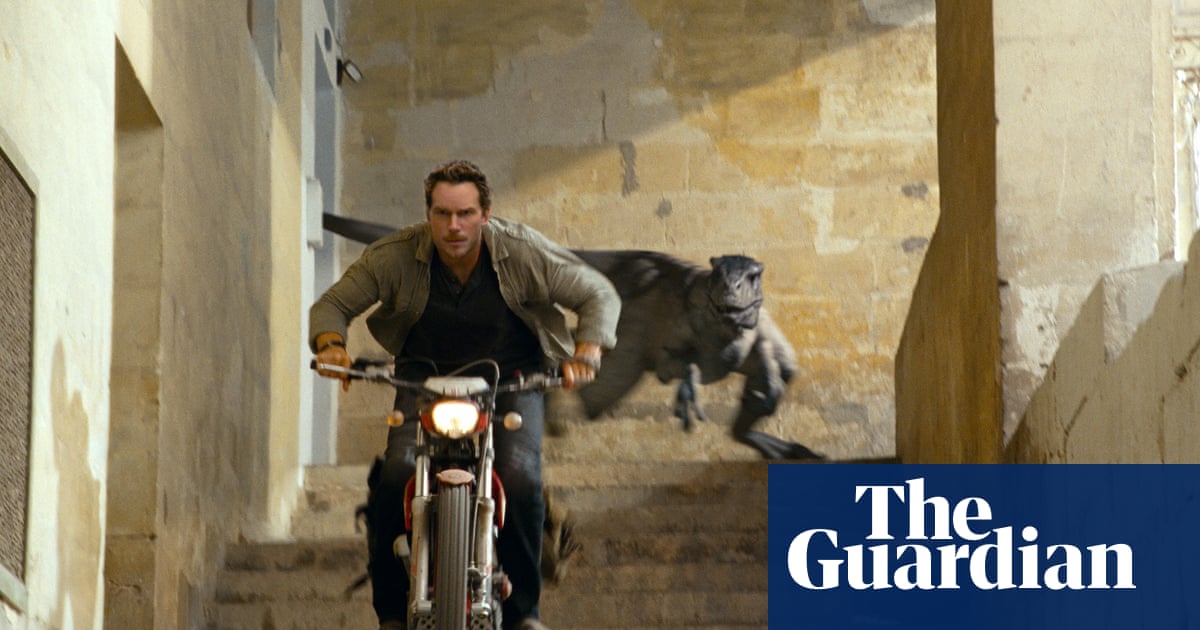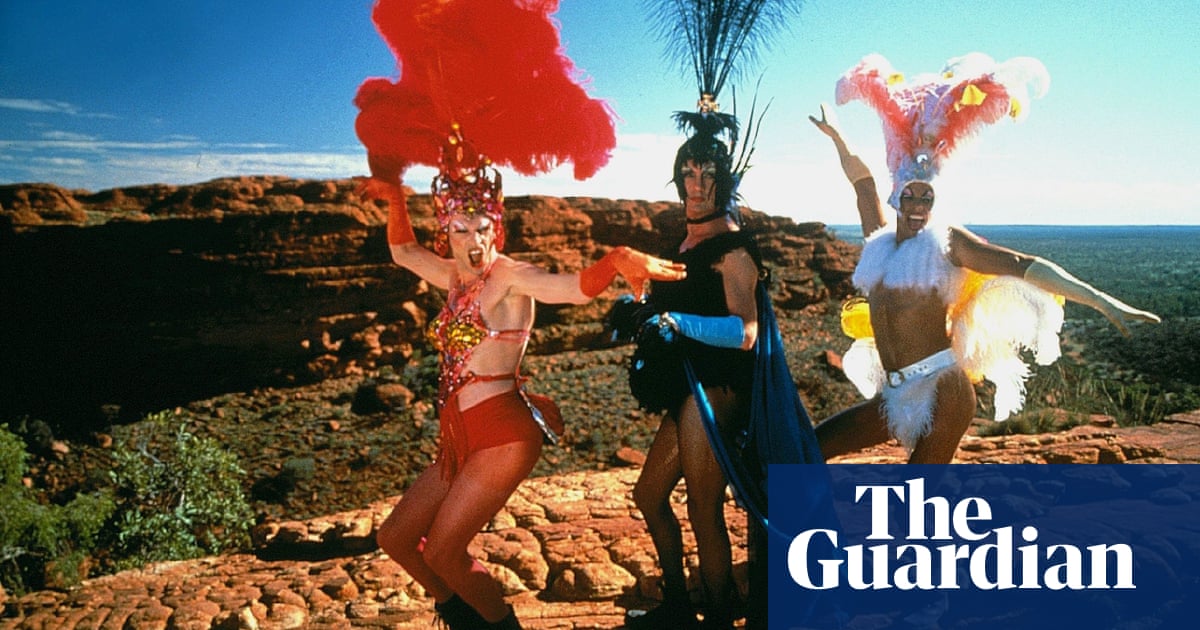
Tyrannosaurus cheques? UK’s dino-industry pins hopes on Jurassic World Dominion
Dinosaur attractions across the UK are braced for a fresh wave of visitors following the release of Jurassic World Dominion this weekend.
The sixth film in the franchise is expected to offer a boost not only to UK cinemas – the series’ box-office takings so far top £200m – but to the country’s many dinosaur-themed attractions.
Most of these were founded over the past 30 years to capitalise on the popularity of paleontology inspired by the first Jurassic Park film in 1993. Roarr!, the UK’s largest dinosaur attraction, was founded in Norfolk in 2006 and plans a further expansion next year to lift annual visitor numbers from around 300,000 to 500,000.
Big rises in footfall are usually seen a few weeks after the release of major dinosaur movies, says park manager Ben Francis, although he anticipates a more muted effect this year because of the economic climate.
“Days out are taking a back seat at the moment as families have to see how much money they have left at the end of the month. The tourism market has improved since Covid but the cost of living is now having an impact and there is no support from the government.”
The Natural History Museum in London – whose subsidies allow it to waive an admission fee – was established 160 years ago. But a substantial uptick in visitor numbers coincided with the release of the first Jurassic Park, reports Professor Paul Barrett, the museum’s senior dinosaur specialist.
“Those levels have been maintained, with smaller peaks around the release of sequels or blockbuster documentaries such as Walking with Dinosaurs in 1999 or Prehistoric Planet earlier this year. At the moment, interest is very high indeed.”
The museum monetises such interest with a carefully curated programme of events and sponsorship deals. As well as touring the museum’s galleries, current visitors are, for instance, encouraged to take a selfie in front of Andy’s clock – the time-traveling grandfather clock used by CBeebies’ Andy Day for his prehistoric adventures.
Two weeks ago, the museum’s most famous skeleton, the cast of a diplodocus from around 150m years ago, returned from a five-year world tour, just in time for half-term and the Jurassic World Dominion release.

The UK section of Dippy on Tour drew more than two million visitors with each of the eight venues reporting record-breaking numbers. A report commissioned by the museum estimated a nationwide economic benefit of £36m.
A new Dino Snores sleepover programme at the museum for 7-11 year olds (£69) is now waiting list-only; an adults-only version (£185) remains highly popular.
Yet dinosaurs’ status as the preeminent cash cow for the primary school demographic extends far beyond bricks-and-mortar attractions.
Figures from the NPD market research group show that the dinosaur toy sector grew 23% in the year to May 2022 and was worth £51.6m. Melissa Symonds, the executive director of UK toys at NPD, predicts dinosaurs will overtake superheroes as the fastest-growing toy theme later this month, once audiences have seen Jurassic World Dominion.
Such popularity is in part due to the fact that, unlike superheroes or Disney characters, dinosaurs are untroubled by copyright. This makes them easy wins for a wide range of brands and retailers.
As well as toys, colouring books, watches, nightlights and hot water bottle covers, clothing featuring dinosaurs is popular across all price-points. Dinosaur T-shirts retail for £3 at George at Asda and £17 at Boden.
Official Jurassic Park and World merchandise is the largest UK dinosaur toy property and accounts for 27% of all sales, with 44% year-on-year growth. Items are available via more than 30 manufacturers, including Mattel and Lego, WOW! Stuff, Tomy, Ravensburger and Posh Paws. Adults are also catered for, with Folio Society editions of Michael Crichton’s novels (£39.95), chess sets and inflatable adult triceratops costumes .
Only a handful of film tie-in products are available at the National History Museum. Yet content creators work closely with the institution, eager for their educational stamp of approval. This gives the NHM time to “modify or add to our product ranges to take advantage,” says Barrett.

One of the three permanent museum shops is exclusively devoted to dinosaur products. Most are NHM-branded and created in collaboration with in-house paleontologists so that they are “at least not inaccurate”, says Adam Farrar, director of commercial and visitor experience.
Soft toys remain the biggest sellers for the museum; this year overall dinosaur-themed sales are expected to surpass £1m.
Yet some prehistory attractions remain relatively insulated from the popularity of the films. A spokesperson for the Jurassic Coast Trust, which oversees tourism to the 95-mile stretch of cliffs on the south coast renowned for their fossil density, reports that it would be “difficult to ascribe a quantifiable uplift in visitor traffic specifically to the films”.
Programmes such as Broadchurch, filmed in the area, as well as the recent biopic of Mary Anning starring Kate Winslet, “have a comparable effect”.
Nonetheless, they concede: “The Jurassic movies and Prehistoric Planet definitely add something extra to the mix, and they encourage people to have a go at fossil hunting and to visit our wonderful local museums and centres.”
Mass popularity and specialised science are not always compatible interests. Some have expressed fears that the more ubiquitous dinosaurs become, the more they may suggest to children that extinction is not necessarily the end.
Yet Professor Barrett remains optimistic an appropriate message is being communicated. “Dinosaurs give us some sense of place in the universe. They teach us you can be very successful but then for reasons beyond control everything goes wrong.”




































